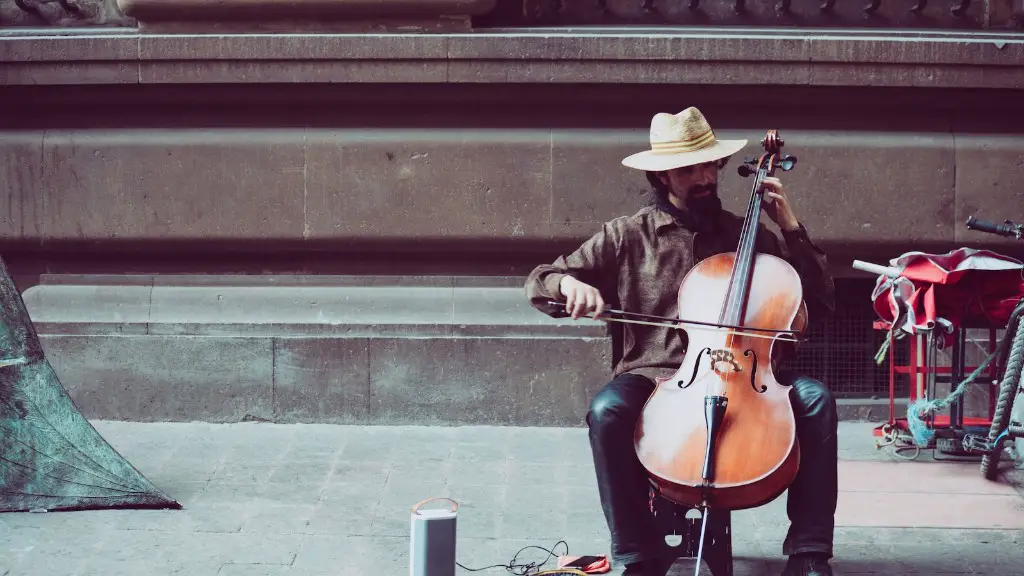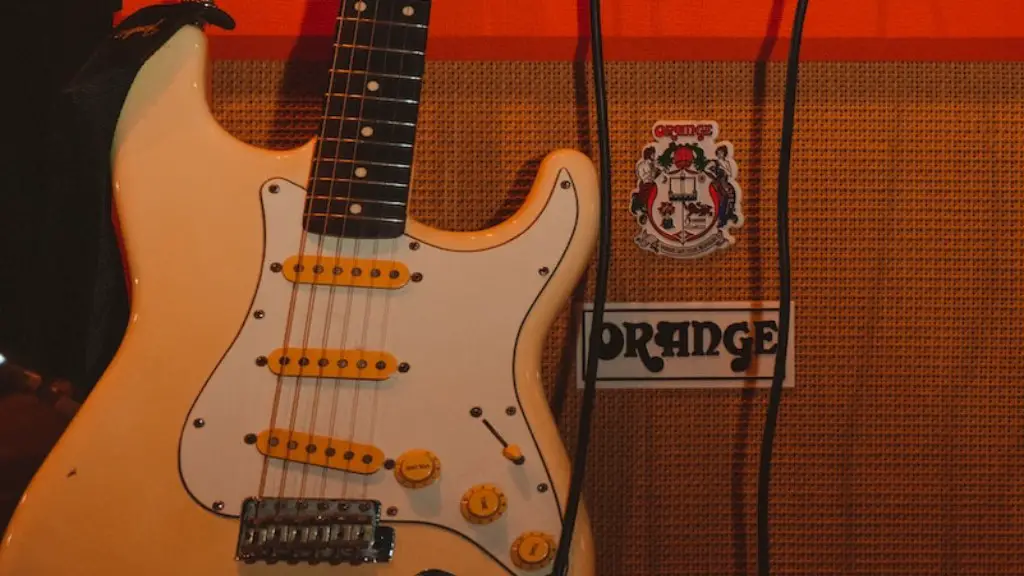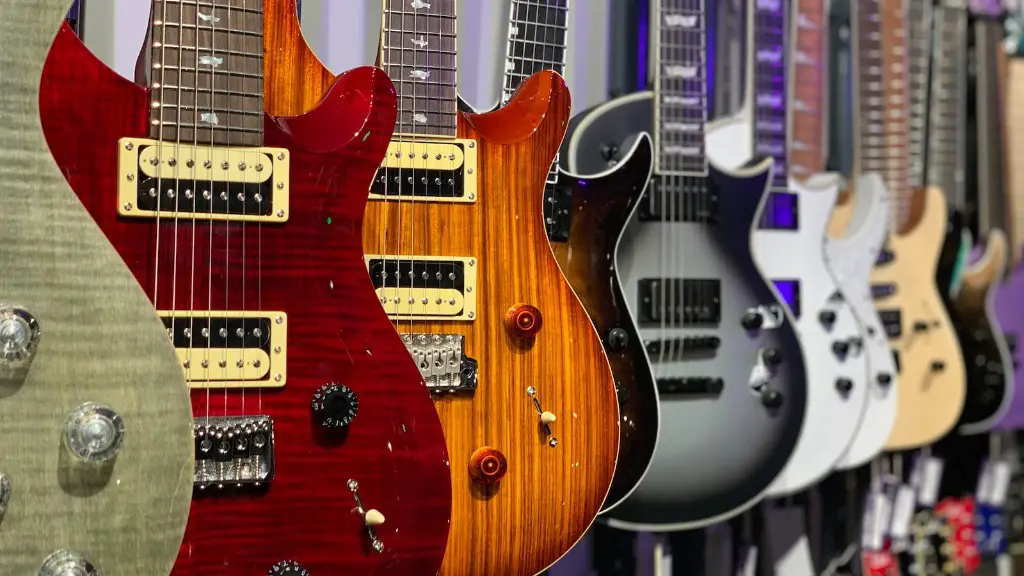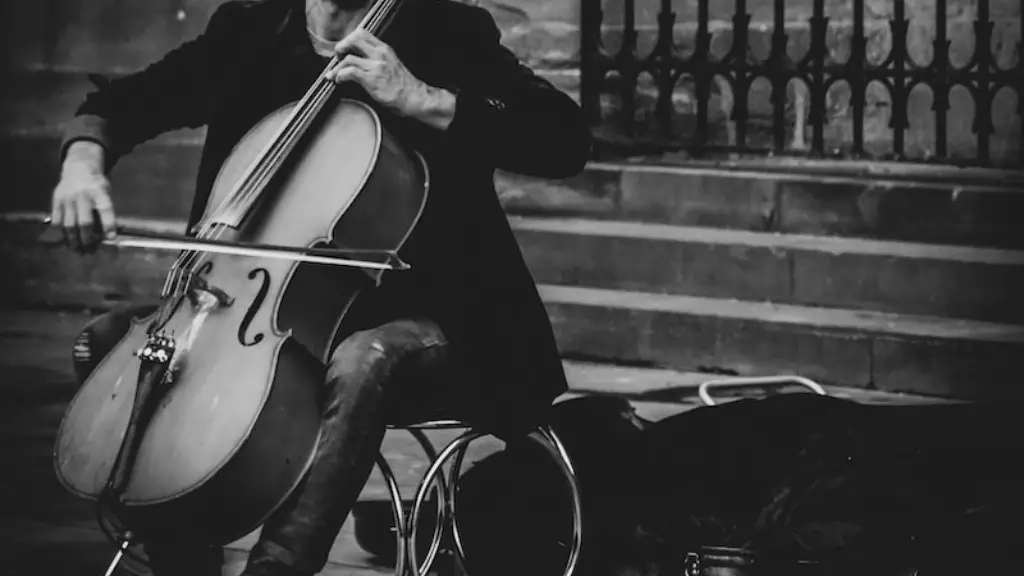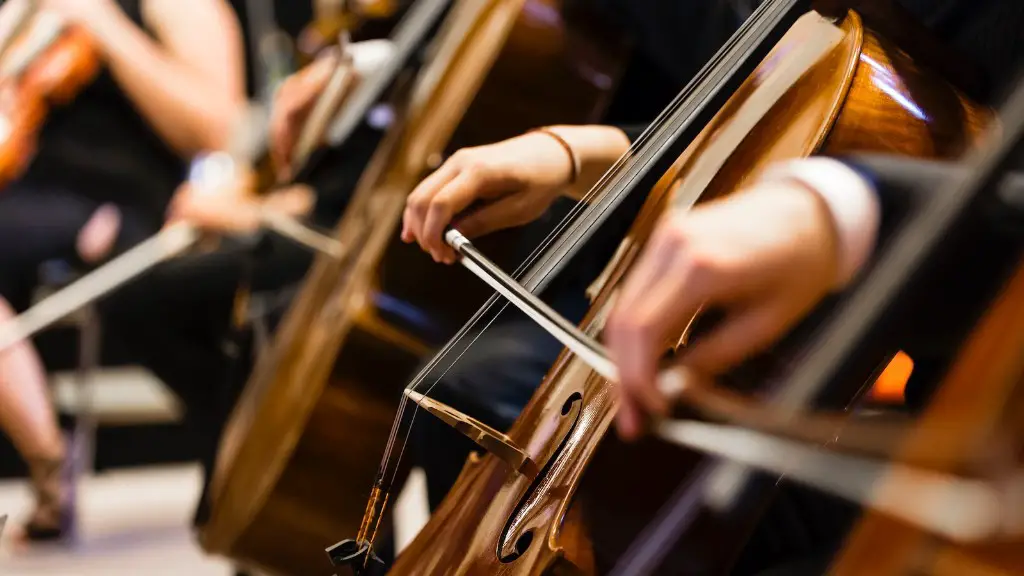The cello is a beautiful stringed instrument that has been around for centuries. It is often seen as one of the most versatile instruments in the orchestra, and it can be played in a variety of genres.
The cello is traditionally played by a soloist, but it can also be used in an ensemble setting. Professional cellists often specialize in classical music, but there are many other styles of music that can be performed on the instrument.
Popular genres for cellists include jazz, folk, rock, and even hip-hop. Many famous musicians have also taken up the instrument, including Yo-Yo Ma and Jacqueline du Pré.
The cello is an incredibly rewarding instrument to learn and master; it requires dedication and practice to develop the skills necessary to play it well. Whether you’re an amateur or a professional musician, learning the cello can open up a world of musical possibilities.
Playing Styles of Cellists
The cello is a versatile instrument with many different playing styles. Depending on the type of music being played, the cellist can adapt their technique to match the desired sound. Classical music often uses a traditional bowing style, while jazz and pop music calls for pizzicato and other techniques. In addition to these playing styles, many cellists also use extended techniques such as slapping, tapping and even humming into the instrument’s bridge. By combining traditional bowing with creative effects, cellists can create unique sounds that add depth and texture to their performances.
No matter what genre of music is being performed, one thing remains true: cellists must be highly skilled musicians in order to create a beautiful sound. This requires a great deal of practice and dedication to mastering both traditional and modern techniques. With proper training and dedication, any aspiring cellist can become an expert in their craft and make beautiful music on the beloved string instrument.
Notable Performances by Cellists
The cello is one of the most versatile instruments, and its powerful sound has been featured in some of the greatest performances of all time. From classical masterpieces to Hollywood soundtracks, the cello has been used to create some truly memorable moments.
One of the most famous cello performances is that of Yo-Yo Ma’s rendition of Elgar’s “Cello Concerto” in 1982. Ma performed with the London Philharmonic Orchestra and brought a unique level of emotion to this classic work. Another iconic concerto performance was Jacqueline Du Pre’s 1965 interpretation of Elgar’s “Cello Concerto”. Du Pre’s passionate playing brought a new level of emotion and intensity to this beloved piece.
In more recent years, cellists have taken part in some incredible musical collaborations. One such collaboration was between cellist Eugene Friesen and singer-songwriter Paul Simon for his song “The Boy In The Bubble”. Friesen’s soaring solos added an extra layer of beauty to this already stunning track. Similarly, renowned cellist Yo-Yo Ma collaborated with composer John Williams for his iconic score for Schindler’s List. Their powerful playing perfectly captured the tragedy and sadness at the heart of this movie.
Techniques Used By Cellists
Cellists employ various techniques to bring out the best of their instrument. Bowing is the most common technique used by cellists, where the bow is drawn across the strings of the cello to produce a smooth, sustained sound. Another popular technique is pizzicato, where plucking the strings creates a sharp, percussive effect. Further techniques include legato, where notes are connected smoothly; col legno, which involves striking the strings with the back of the bow; and tremolo, which produces a rapid vibration. All these techniques can be used together in combination to create beautiful and unique music.
Boldly pushing boundaries, innovative cellists even explore extended techniques such as multiphonics and artificial harmonics. Multiphonics involve playing two or more notes simultaneously while artificial harmonics involve lightly touching a string at certain points to create higher pitches. With such wide-ranging options available to them, it’s no surprise that cellists are some of the most versatile musicians around!
Cellists as Educators
Cellists are well-positioned to be educators in the field of music. The cello is an instrument that can produce a wide range of sounds, from deep and powerful low notes to delicate and agile high notes. This makes it a great instrument for teaching students about different aspects of music, including tone, dynamics, and technical proficiency.
In addition to teaching students about the fundamentals of music, cellists can also help students develop their own individual style by exploring different playing techniques. Cellists can also use improvisation as a way to help students understand the nuances of music theory and composition. By introducing students to different styles and genres of music, they can expand their understanding of what is possible with the cello.
Cellists can also use their expertise to mentor young musicians in the development of their own personal artistry. By providing guidance on performance practice, they can help students find their own unique voice and express themselves through the instrument. In this way, cellists serve as invaluable resources for aspiring musicians who want to hone their craft and make an impact on the world through music.
Different Types of Cellos Played by Cellists
The cello is a bowed string instrument commonly used in classical and jazz music. It is played by a cellist with a bow, plucking the strings, or playing pizzicato notes. A cellist can play different types of cellos depending on their preference and the type of music they are performing. The most common types of cellos are the standard full-size cello, the smaller five-string cello, and the electric cello.
The standard full-size cello is the most common type of instrument used by professional musicians. It has four strings and a range of two octaves, making it ideal for playing a variety of musical styles. The five-string cello has been gaining popularity in recent years due to its extended range and ability to play low notes not possible on a regular four-string instrument. Additionally, electric cellos have become increasingly popular as they allow for amplified sound that can be heard in large venues or over powerful PA systems.
No matter which type of cello a musician chooses, they will need to learn proper technique and practice regularly to be able to create beautiful music. With practice and dedication, anyone can become an accomplished cellist who can bring joy to audiences around the world with their music.
Notable Musical Works Written for the Cello
The cello is a beautiful and versatile instrument, and it has inspired many great composers to write works specifically for it. Some of the most notable musical works written for the cello include Johann Sebastian Bach’s Six Suites for Unaccompanied Cello, Dmitri Shostakovich’s Cello Sonata, and Edward Elgar’s Cello Concerto in E Minor. Furthermore, contemporary composers such as John Adams, Sofia Gubaidulina, and Pēteris Vasks have composed works for cello that are now considered some of the finest pieces of modern music. The cello is played by a musician who holds the instrument between their legs and uses a bow to draw sound from its strings. This allows the musician to use their body to create an infinite range of sounds that can be used to express emotion in music.
Conclusion
The cello is a beautiful and versatile instrument that is used in many different genres of music. It is a favorite of classical musicians, jazz musicians, pop singers, and even rock bands. The range of the cello allows it to be used to create unique sounds that can be heard in almost any type of music. No matter what type of music you are into, there is probably a cellist who can bring it to life. The cello has been around for centuries and will continue to be an important part of the musical landscape for years to come.
